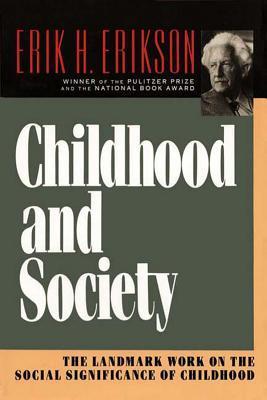
Mind, Self and Society from the Standpoint of a Social Behaviorist
Book Description
What if the very essence of selfhood is shaped by the society around us? In "Mind, Self and Society," George Herbert Mead invites you to dive deep into the intricate dance between individuality and social interaction. Explore the powerful forces that mold our thoughts, behaviors, and relationships. Witness how language serves as a bridge between the mind and the community, creating a vibrant tapestry of social life. This groundbreaking work challenges how we understand our identities, urging a profound rethinking of consciousness. Can we truly know ourselves without understanding the world that defines us?
Quick Book Summary
"Mind, Self and Society" by George Herbert Mead is a foundational text in social psychology and the philosophy of the social sciences. The book argues that the individual mind and sense of self are not innate, but develop through social interactions. Mead explores how communication, particularly through language and symbolic gestures, enables individuals to take the perspectives of others, thereby creating a sense of self. Society is portrayed as a dynamic, evolving process formed by ongoing actions and responses among individuals. Mead's theories highlight the social construction of mind and identity, urging readers to see the self as fundamentally shaped by community and collective life. His insights remain central to understanding human nature, communication, and socialization.
Summary of Key Ideas
Table of Contents
The Social Origin of the Self
Mead's work begins with a radical premise: the self is not isolated or innate, but emerges through social experience. Through countless interactions, individuals learn to respond not only to external stimuli, but to anticipate and interpret the actions of others. The process of role-taking, in which a person adopts the attitudes of others, is essential to developing awareness of oneself as an object. Mead distinguishes between the "I" (the spontaneous, unpredictable part of self) and the "Me" (the organized set of societal attitudes internalized by the individual), explaining how both coexist in selfhood.
Role-Taking and the Generalized Other
Language is crucial in Mead’s theory, serving as the primary medium through which mind and society connect. The ability to use significant symbols—gestures with shared meaning—allows individuals to communicate abstract ideas and intentions. This capacity for symbolic language is what enables humans to imagine themselves from others’ perspectives, fostering empathy, cooperation, and a sense of collective norms. Language thus scaffolds the emergence of mind by making thought a social process.
Symbolic Communication and Language
A key theme in Mead’s book is the idea of the "generalized other." This concept captures how individuals internalize the perspectives and expectations of the wider community, not just specific others. The child's development starts with play, where they take roles of particular people, and matures into the game stage, where one must understand the roles of many participants. Fully developed selfhood involves consistent awareness of the social rules and attitudes shared by the community at large—the "generalized other."
The Process of Mind Emergence
Mead also challenges traditional philosophical notions of mind as a private, isolated process. Instead, he views mind as fundamentally social. Thought, reflection, and consciousness grow out of social interactions and shared practices. The mind is both an emergent property and a participant in modifying society; as individuals act, interpret, and adjust their behaviors, they continuously reshape both themselves and the social environment.
Society as Dynamic Interaction
The work concludes by underscoring the fluid, dynamic nature of both society and self. Societies are not static structures, but ongoing processes of communication and adaptation. Identity, too, is never fixed, but evolves through engagement with others and social institutions. Mead's social behaviorism thus offers a profound reimagining of selfhood—not as an isolated essence, but as a creative, evolving outcome of participation in the social world.
Download This Summary
Get a free PDF of this summary instantly — no email required.





